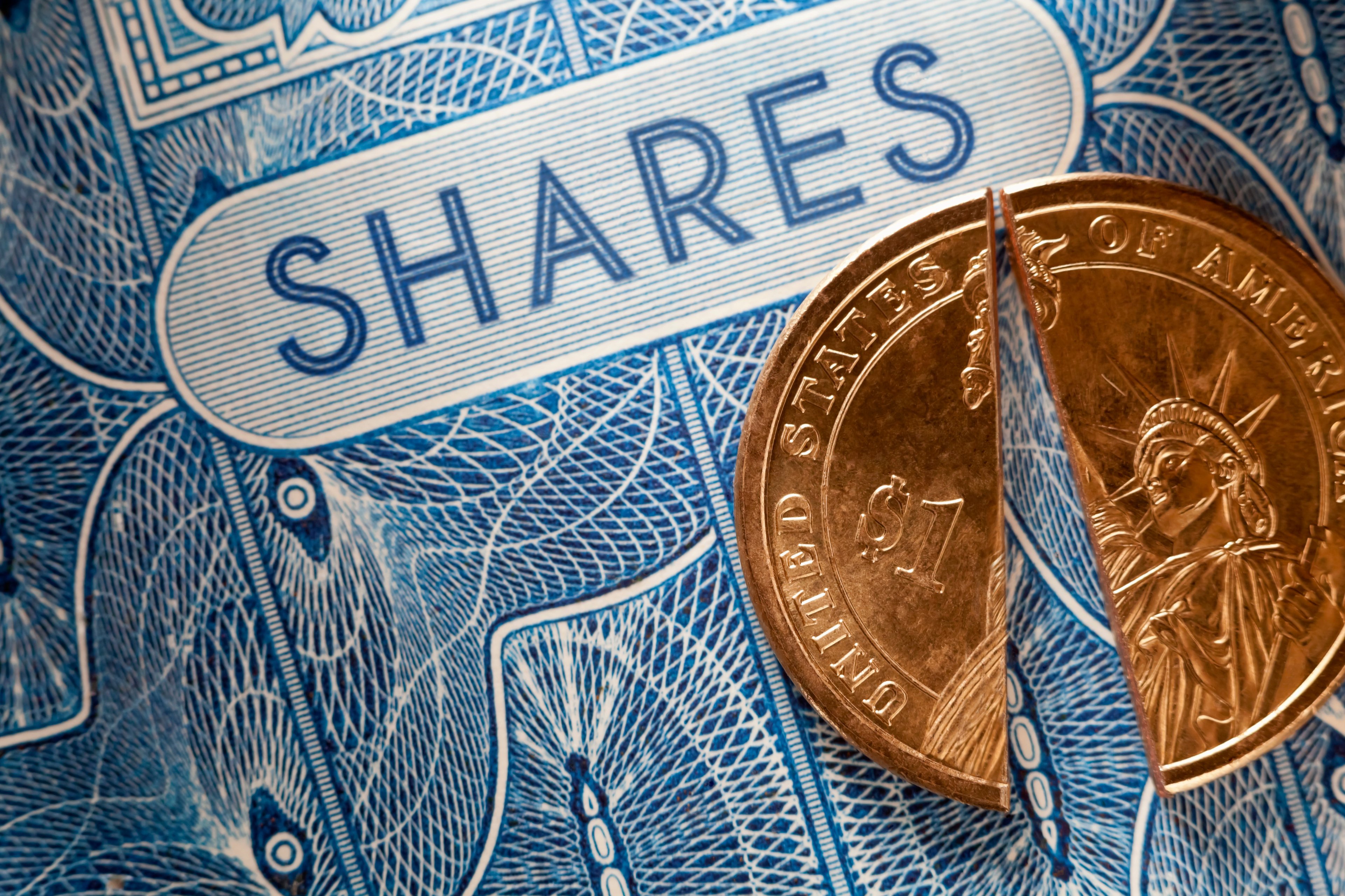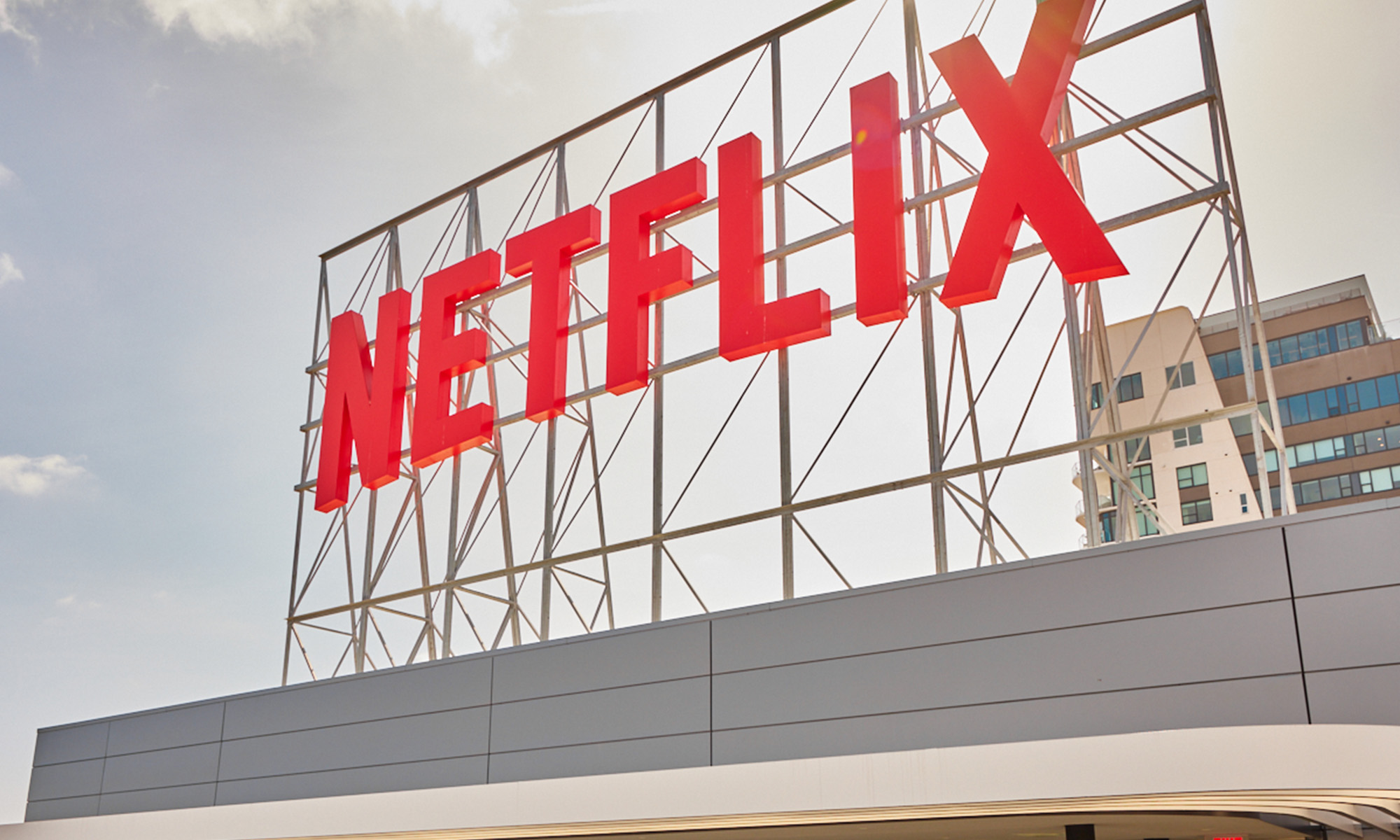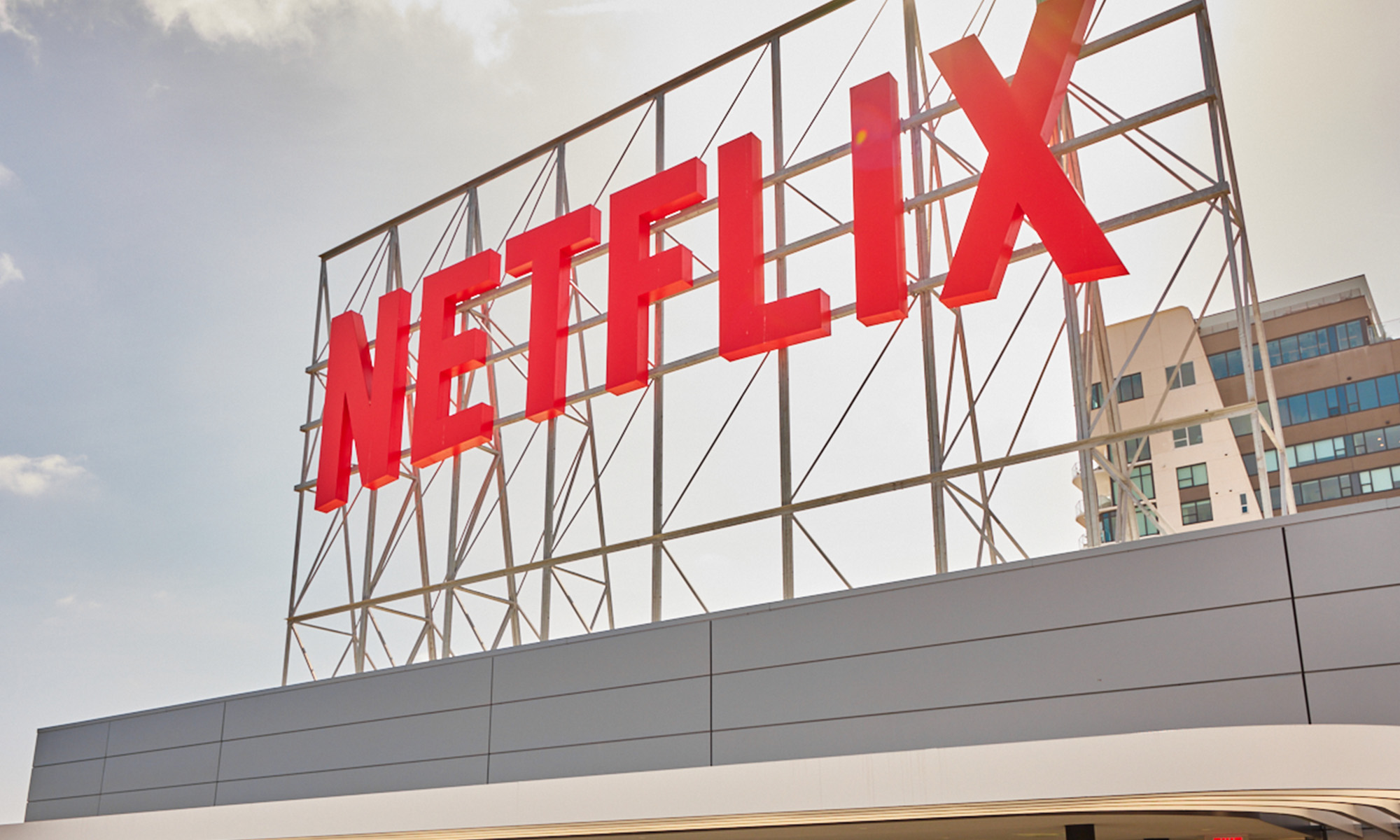Nearly 60 million U.S. households subscribe to Netflix (NFLX +1.44%), and they seem to really like The Walking Dead.
From June 2017 to February 2018, the post-apocalyptic AMC (AMCX +2.78%) series topped the list of most in-demand titles on Netflix's catalog, according to data from Parrot Analytics. While Netflix's original series continue to draw more attention and engagement from subscribers, the top 10 series on Netflix mostly consist of licensed titles from other media companies, including Disney (DIS +2.43%), Fox (FOXA +0.00%), CBS (CBS +0.00%), and AT&T's (T 0.39%) WarnerMedia.

Image source: Netflix
The top 10 shows, quarter by quarter
Here's a look at the top 10 shows in each quarter. Netflix originals are in bold.
|
Rank |
Q2 2017 |
Q3 2017 |
Q4 2017 |
Q1 2018 |
|---|---|---|---|---|
|
1 |
The Walking Dead |
The Walking Dead |
The Walking Dead |
The Walking Dead |
|
2 |
Pretty Little Liars |
American Horror Story |
Stranger Things |
Shameless |
|
3 |
Orange Is the New Black |
Ozark |
The Punisher |
Grey's Anatomy |
|
4 |
The Flash |
Pretty Little Liars |
The Flash |
Stranger Things |
|
5 |
Better Call Saul |
Better Call Saul |
Dark |
The Flash |
|
6 |
Prison Break |
The Flash |
American Horror Story |
Riverdale |
|
7 |
13 Reasons Why |
Twin Peaks |
Shameless |
Arrow |
|
8 |
Gotham |
Shameless |
Mindhunter |
Black Mirror |
|
9 |
It's Always Sunny in Philadelphia |
Gotham |
Gotham |
Supergirl |
|
10 |
House of Cards |
Stranger Things |
Arrow |
Gotham |
Data source: Parrot Analytics.
Netflix originals never comprised more than four of the top 10 shows on the streaming service, but that doesn't even present the full picture of how much demand there is for licensed content.
Here's a comparison of the cumulative demand expressions, in millions, for the top five licensed shows on Netflix, versus the top five originals in each quarter.
|
Q2 2017 |
Q3 2017 |
Q4 2017 |
Q1 2018 | |
|---|---|---|---|---|
|
Licensed |
154.3 |
106.3 |
136.3 |
165.3 |
|
Original |
69.6 |
57.2 |
114.1 |
83.6 |
Data source: Parrot Analytics.
In most periods, demand for the top licensed content greatly exceeds demand for originals from Netflix. Big original debuts such as Stranger Things Season 2 in the fourth quarter can provide a one-time boost to original demand, but licensed content consistently draws in more subscribers by a wide margin.
Why this matters to investors
Until fairly recently, media companies such as Disney or WarnerMedia were happy to license their reruns to Netflix. Licensing their content gave them access to Netflix's broad audience, potentially drawing in live viewers for the next season --the Breaking Bad effect. And it didn't hurt that Netflix is willing to pay a boatload of cash for streaming rights.
But media companies are starting to go direct-to-consumer:
- CBS launched CBS All Access, which includes a live feed of CBS, several exclusive originals, and access to its back catalog of shows. It also started offering standalone Showtime subscriptions over the internet.
- Disney is working on a triumvirate of streaming services to cater to various audiences and take full advantage of the broad content library it'll have after closing its Fox acquisition. WarnerMedia is launching a three-tiered service next year, relying heavily on HBO content, which is currently available on HBO Now.
- AMC's CFO said it doesn't have plans to offer a direct-to-consumer service, instead opting to provide a premium on-demand streaming option distributed through pay-TV providers. AMC is a much smaller network, so it's more reliant on distributors.
But with more and more media companies offering their own streaming services, Netflix is facing the reality that a lot of its most valuable content could be leaving its library. Disney is pulling its films starting next year, for example. Fox has already pulled several of its top shows, such as It's Always Sunny in Philadelphia, in favor of distributing them through Hulu, of which it owns 30%.
Meanwhile, we've seen other media companies take full advantage of Netflix's need for licensed content. The streaming service just agreed to pay $100 million for the rights to stream Friends in 2019.
Not all is lost
Before you think Netflix is going to lose 65% of its content demand over the next few years, there are a couple key points to consider about the future.
Netflix has negotiated run-of-series contracts for many popular shows on its service. That means the owner can't pull the content off Netflix until after the series finishes its television run, with some extra time for Netflix to get value from that last season.
The top shows on Netflix have been around for a long time: The Walking Dead is in Season 9, and Grey's Anatomy has 15 seasons. So one of the reasons there's so much demand for those shows is that there are a lot more hours to watch. As those shows complete their runs, newer shows may climb up the list for Netflix before those series end.
That's not sustainable in the long term; as media companies start retaining rights for their own services, those series run contracts will become rarer and rarer.
But the trend is favoring Netflix originals. Originals could make up over 50% of content demand by next October, according to Parrot Analytics. Pumping out more and more original titles is Netflix's best strategy to hedge against rising costs of licensing content and a growing inability to license its top content at all.






